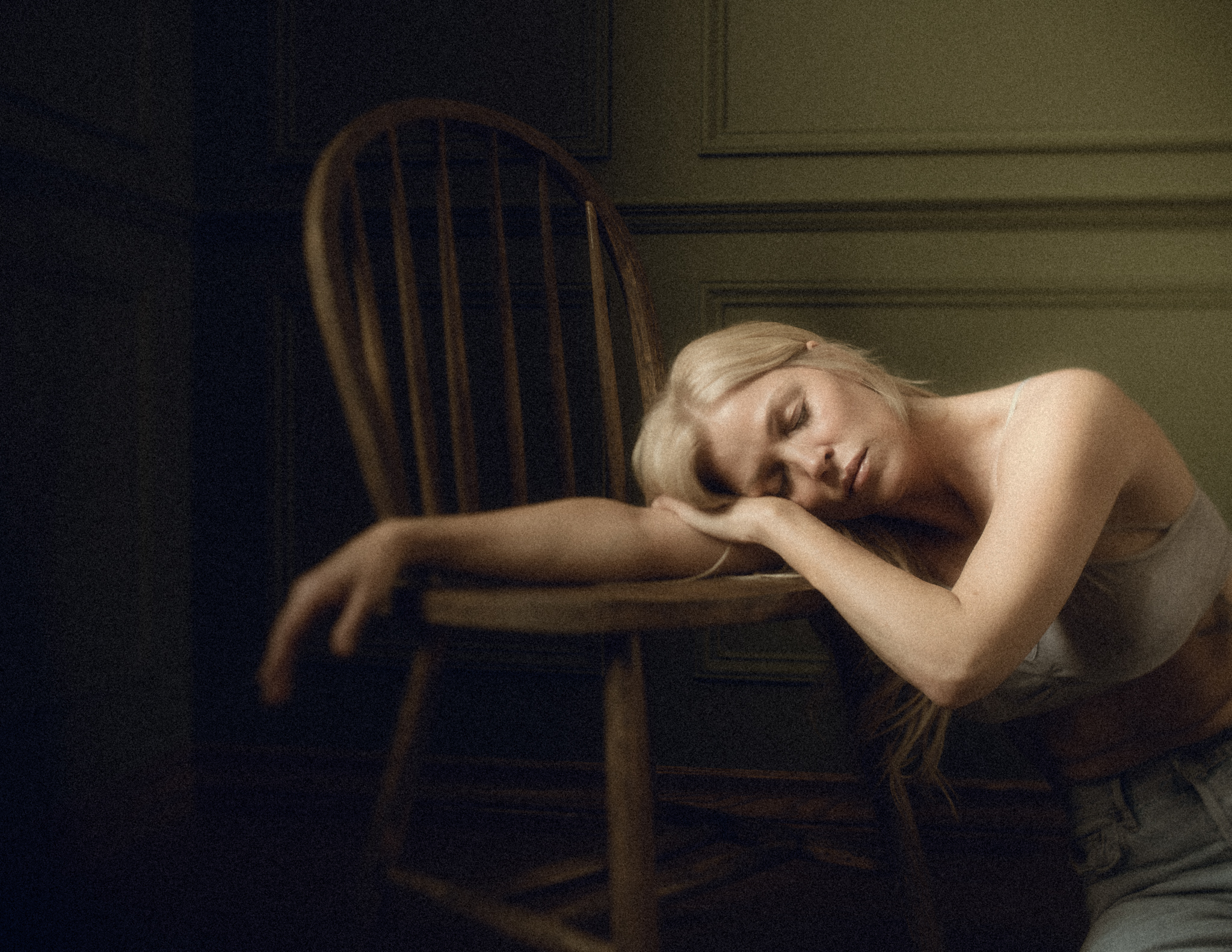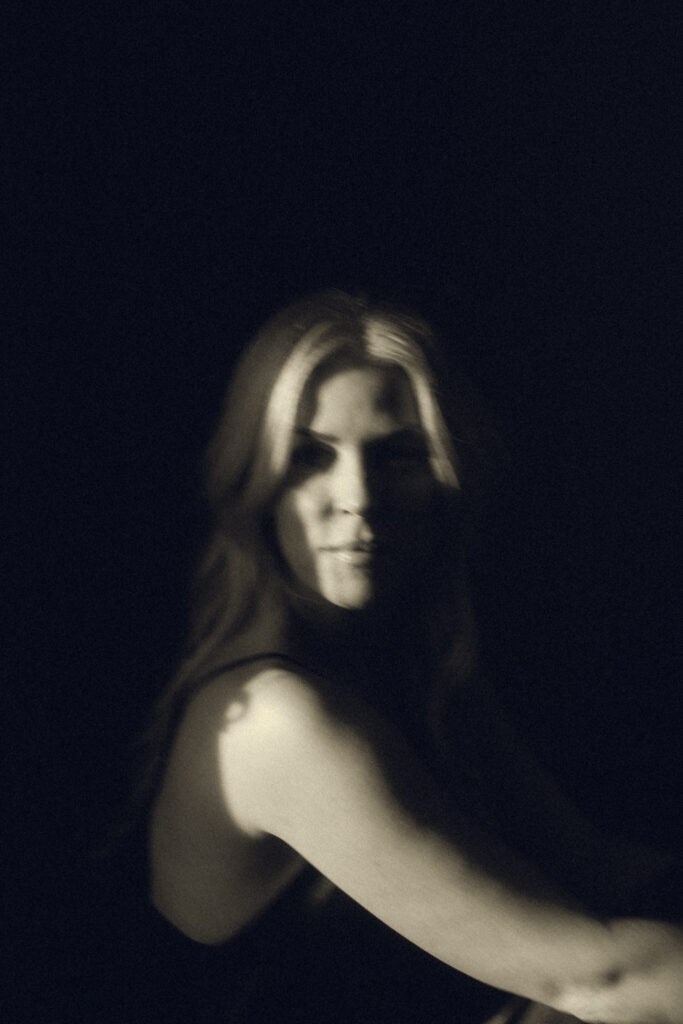
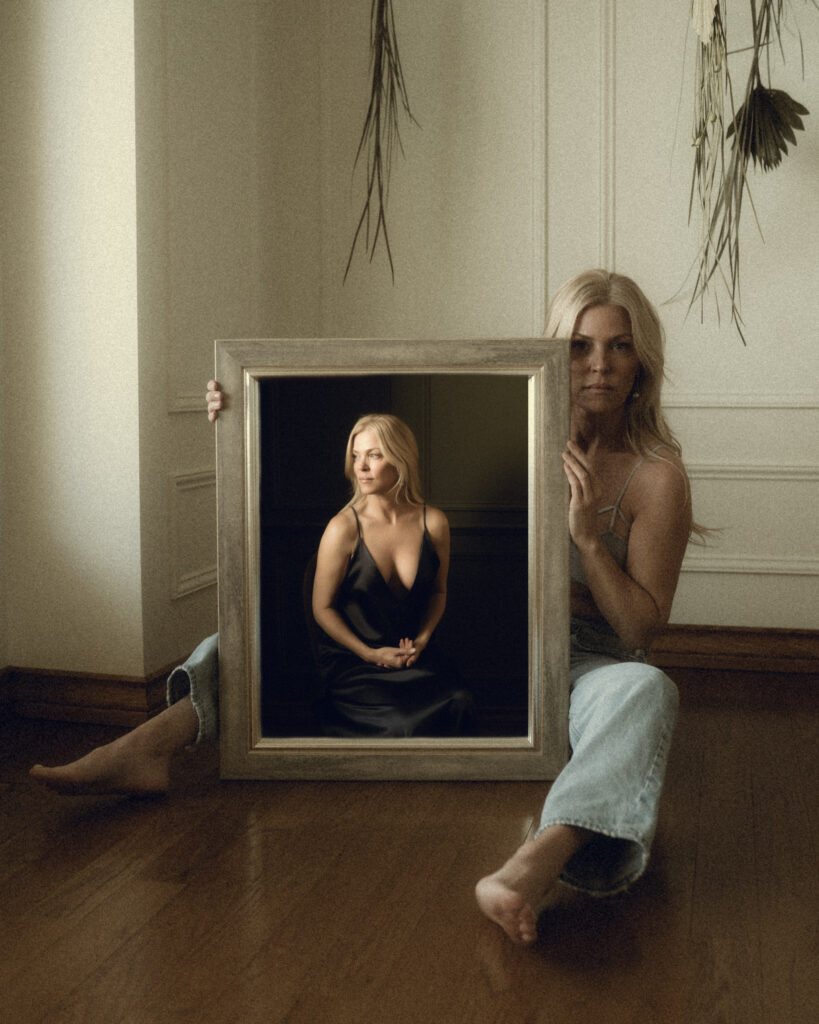
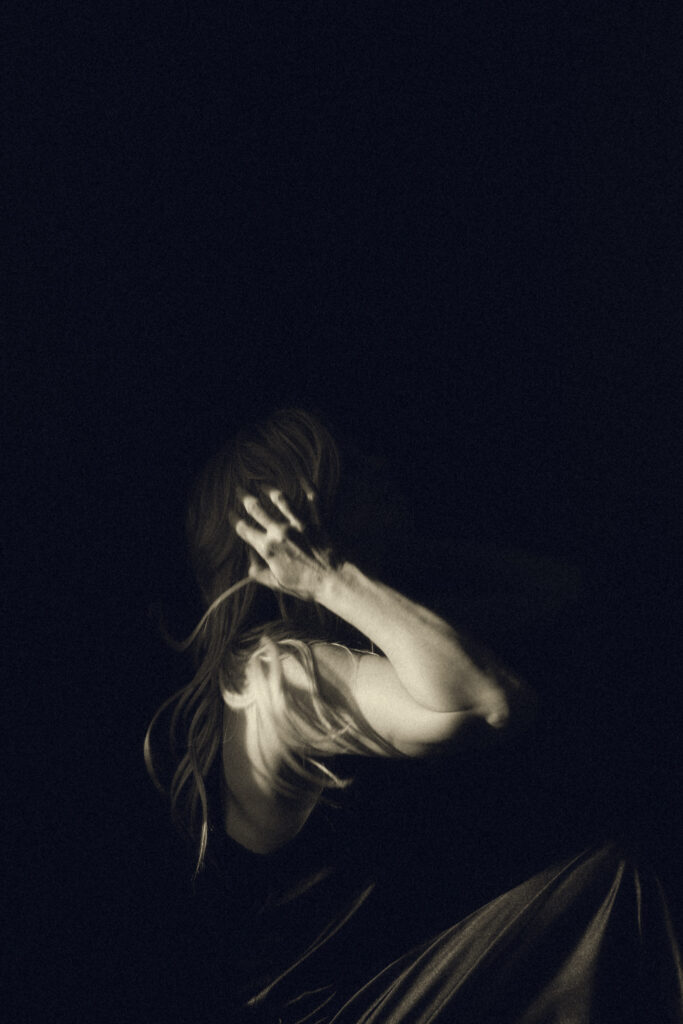
Working in the creative field, original ideas and concepts are a hot topic. Everyone wants to be original, and everyone wants to be the first to do something, say something, or capture some essential truth through art that no one has captured before. We teeter along the edge of being inspired by other artists and outright copying their styles and ideas. It seems that even when you try to come up with something truly original, you find out afterward that something similar has been done already. I’ve had moments where I sat in my room alone and generated an idea, only to see that same idea in someone else’s work a week later. Between TV, billboards, posters, magazines, etc., we are flooded daily with images that ofter don’t register in our conscious minds. How easy it is to reproduce an image that we may have seen but don’t remember, and because we only subconsciously registered it when we saw it, we think the concept is original.
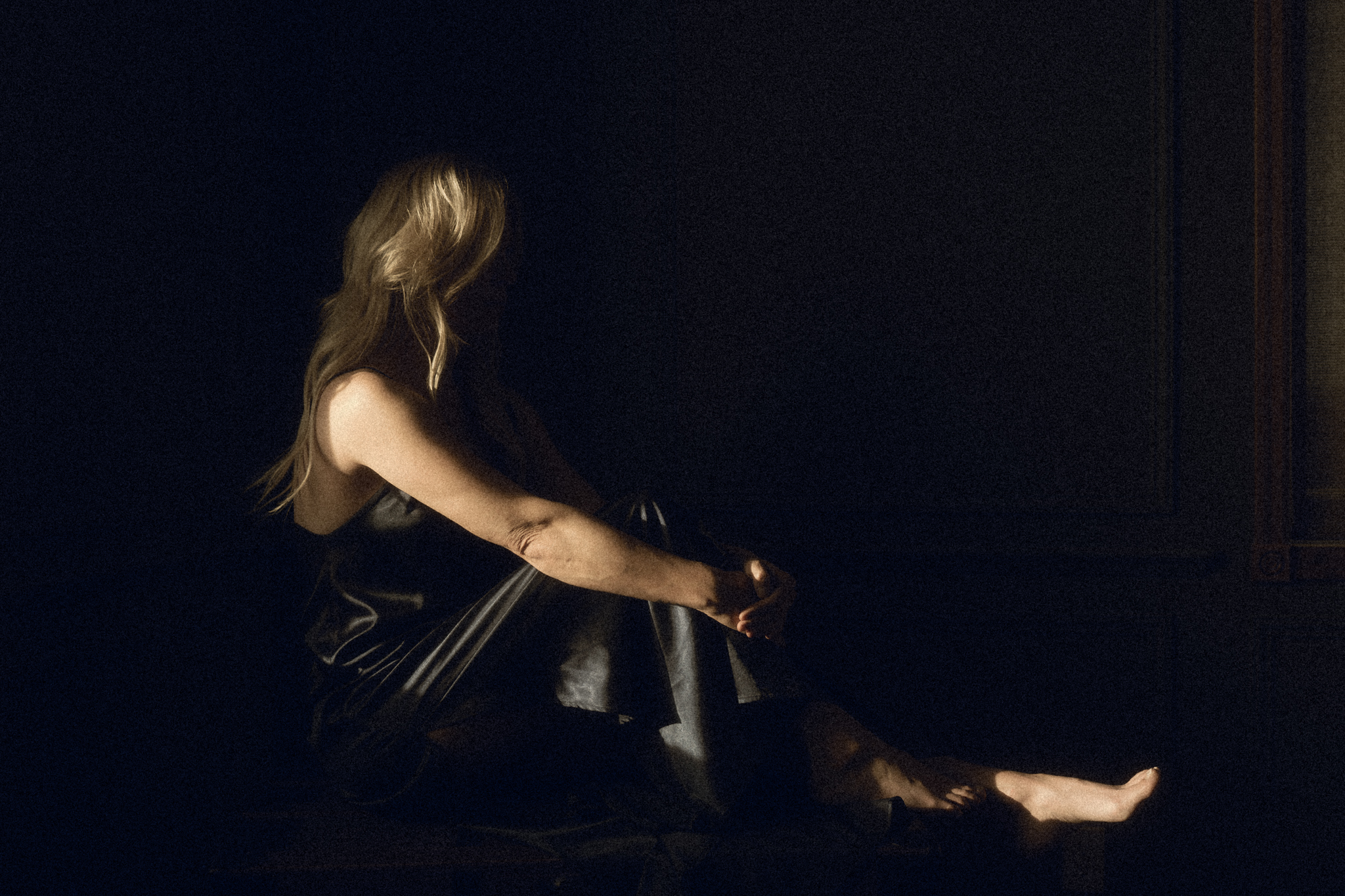
But there is also more at play. In a Ted Talk, author Elizabeth Gilbert gives a compelling address about creativity and the creative genius. She notes that in ancient times, a creative genius was not a person, but an entity that influenced people, and they may speak to more than one person at a time about the same idea.
For example: Charles Darwin was not the only person to come up with the theory of evolution. Many other scientists in varying fields published work on the topic around the same time Darwin did. Was evolution an original idea? I believe so. But it was an idea that was given to more than one person (something Gilbert also talks about in her talk – that sitting on an idea can cause the creative genius to move on and choose someone else who may be more willing to bring the idea to life).
So how do we go about generating truly unique and original ideas? I think the answer is, we don’t, and I think this is the wrong question to be asking. The problem isn’t that we aren’t original enough, it’s that we are too full of ourselves and at the same time, unwilling to truly engage with inspiration and let it unearth our own stories to play with. I think a more appropriate question should be, “how do I engage with this idea and use my own story to infuse authenticity into it?”
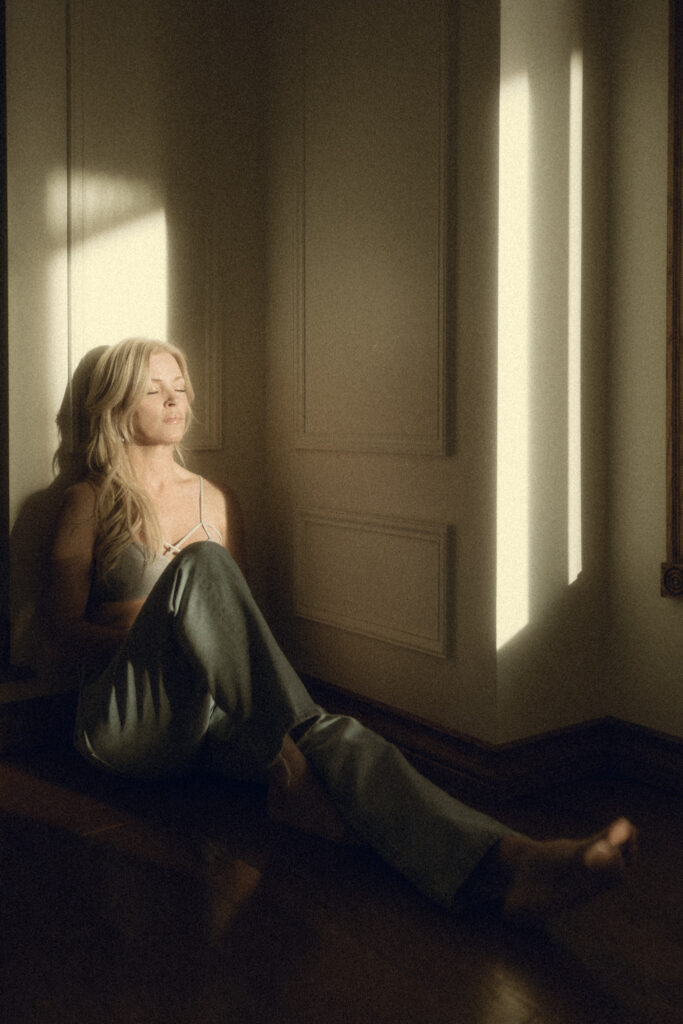
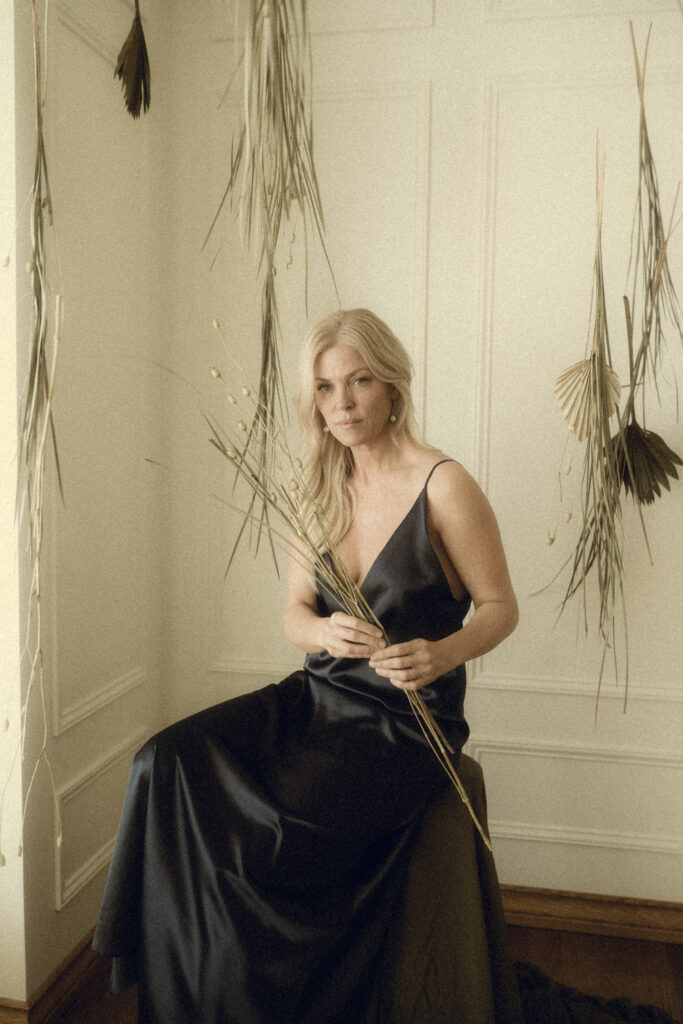
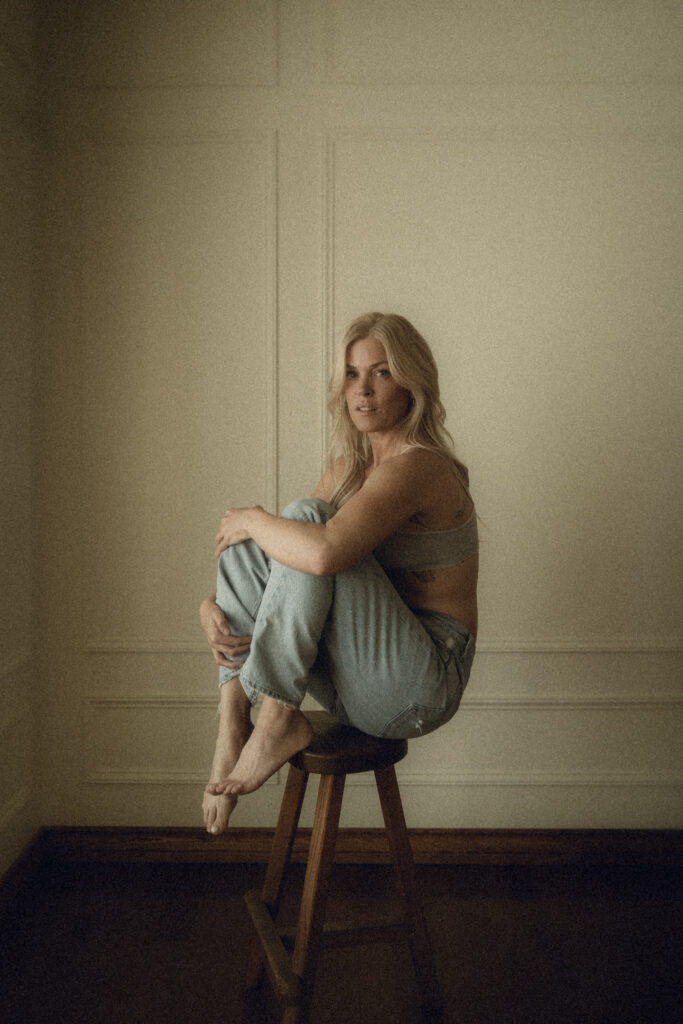
During a course called Re-Wilding Mythology, our facilitator Sophie Strand noted in one of the sessions that, “Our creative process doesn’t happen individually. It happens by collecting and composting, with seeds and animals, with aphorisms, with other stories.” There is this narrative out in the world that tells us that ideas are products that belong to us. Sophie labeled this a capitalist approach to creativity. We need to allow ourselves to be moved by ideas, allow them to inspire us, take them on as our own with humility, and let them move through our own stories in a way that is organic. This is a communal approach to creativity; our ideas are less about us, less about ego, and more about the idea and allowing it to move with and through others. Instead of asking whether you are being original, or whether you are “copying” someone, you should ask how you can contribute to an idea in a way that feels organic and personal. What does your unique perspective have to add to the concept you are inspired by?
This type of deep engagement with an idea/concept is not easy. That’s why there are so many copycats in the world, so many replicas of the same idea, with only slight variations. As creatives, I believe that it is our duty not to replicate, but to alchemize. How we take an idea and transform it, filtering it through our own story, is how we touch originality.
